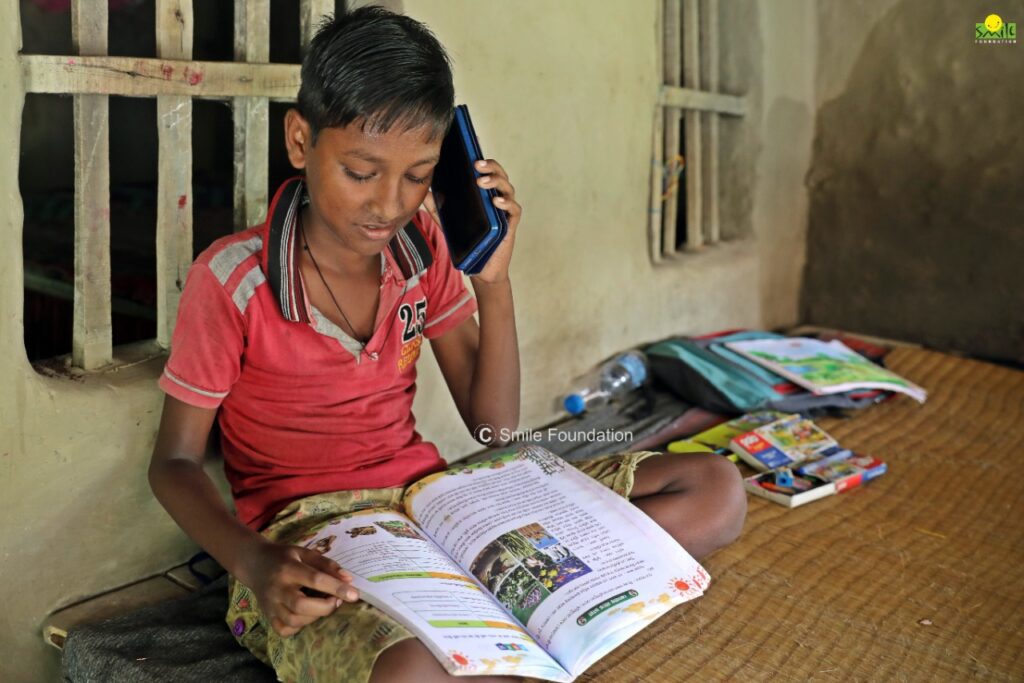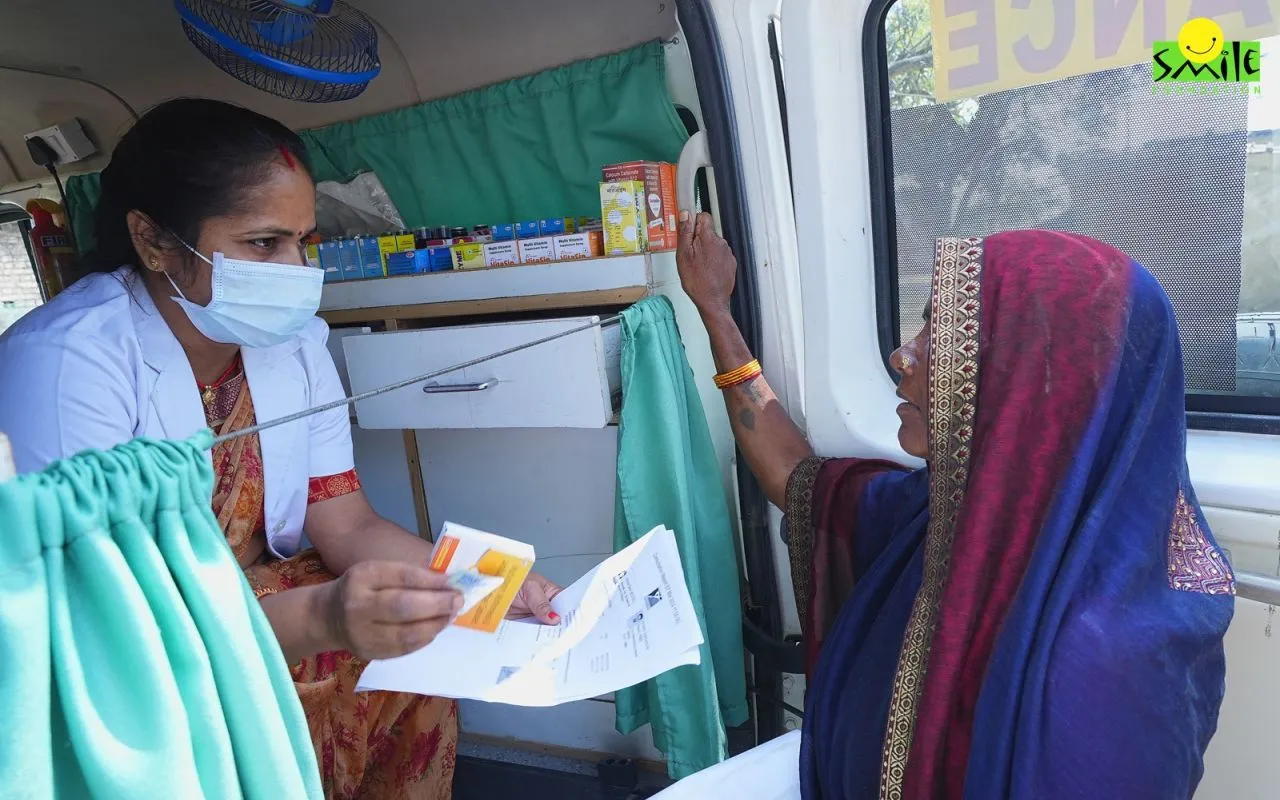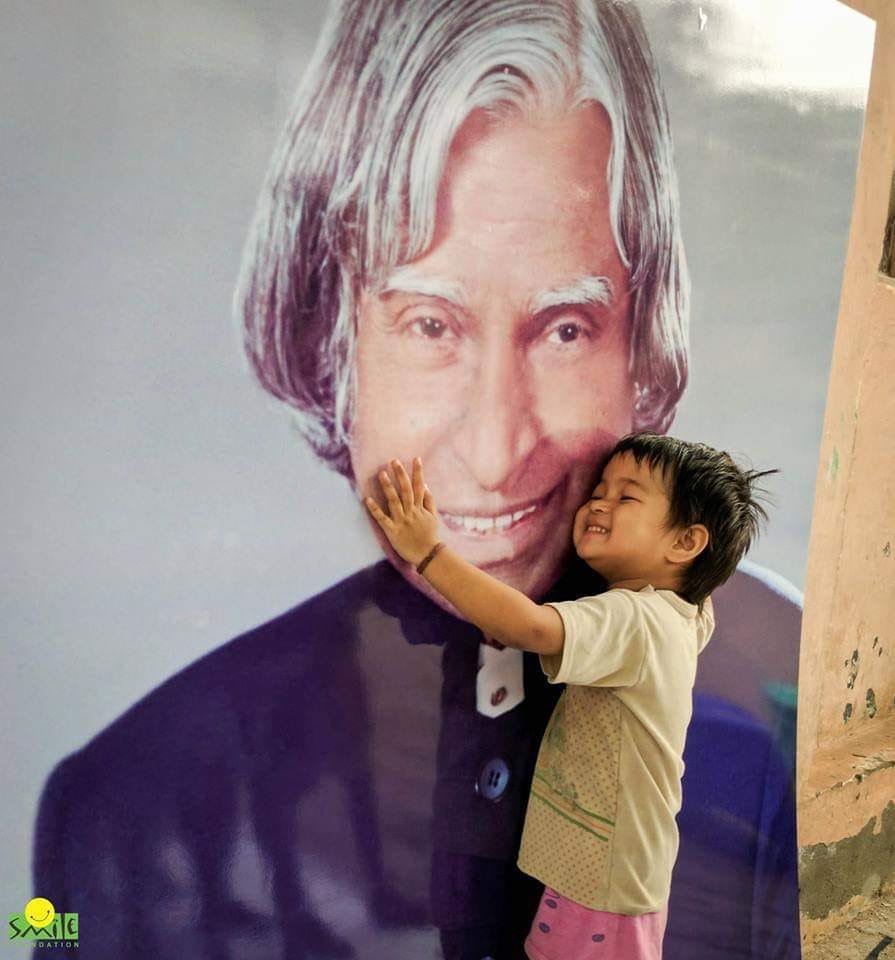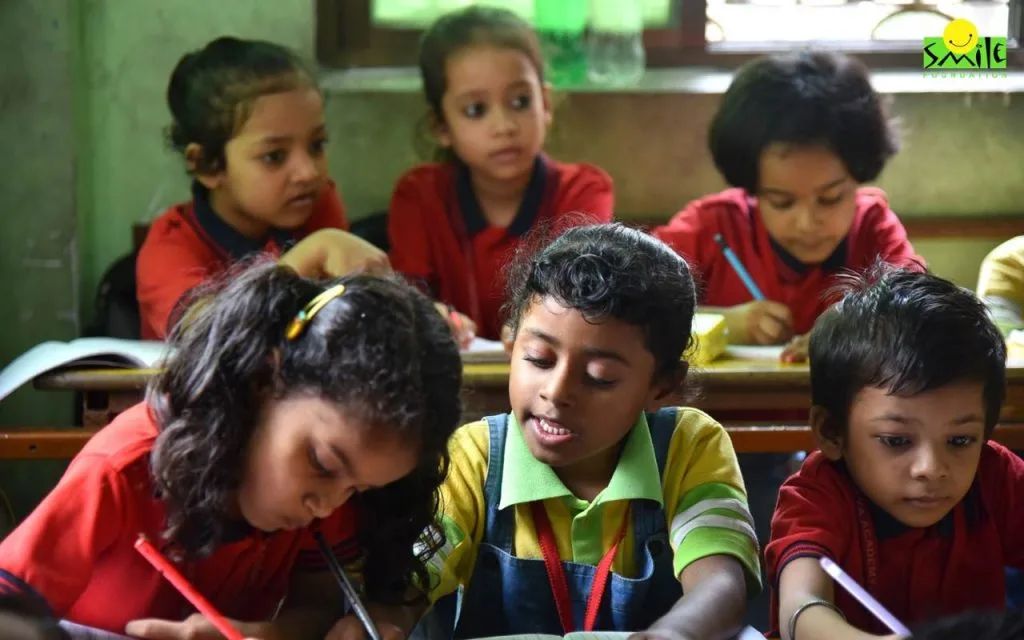The repercussions of COVID-19 triggered a strong wave of digital transformation across the world in a very short period. Schools were temporarily closed by a majority of countries in the world. This impacted more than 91 per cent of students. The pandemic disrupted learning and altered the lives of school going children, especially in the most vulnerable and marginalized communities. Gradually, schools and educational institutions shifted to online modes of learning for children.
Growth of Online Education in India
E-learning had seen rapid growth in recent years. India witnessed an e-learning boom only when the pandemic hampered the traditional way of education. The old classroom teaching-learning model has now changed. it has transformed into one driven by technology. The number of children and youth enrolling for virtual classes has witnessed a rise. The trend is likely to stay, at least for now.
This technological advancement in online learning for children has impacted students who come from poor households. They usually have no access to internet and technology. These underprivileged children struggle to participate in online education.
Smile Foundation Study on Online Schooling
A study conducted by Smile Foundation across 23 states of India states that about 56 percent of children lack smart phones. The study was conducted among 40,000 children from Class I to Class XII. The is research titled “Scenario amidst Covid-19: On ground situations and Possible Solutions”. It has found that nearly one in eight children lack access either to smart phones or basic phones. The study also shows that only 43.99 per cent of surveyed students have access to basic phones with no access to internet. 12.02 per cent do not have access to either smart-phones or basic phones. And 56.01 per cent were found to have no access to smart-phones. This study was conducted to assess the need for a fruitful solution to bridge the digital divide, reduce inequalities in the field of education and implement a strategy to conduct online classes for children.
The Way Ahead
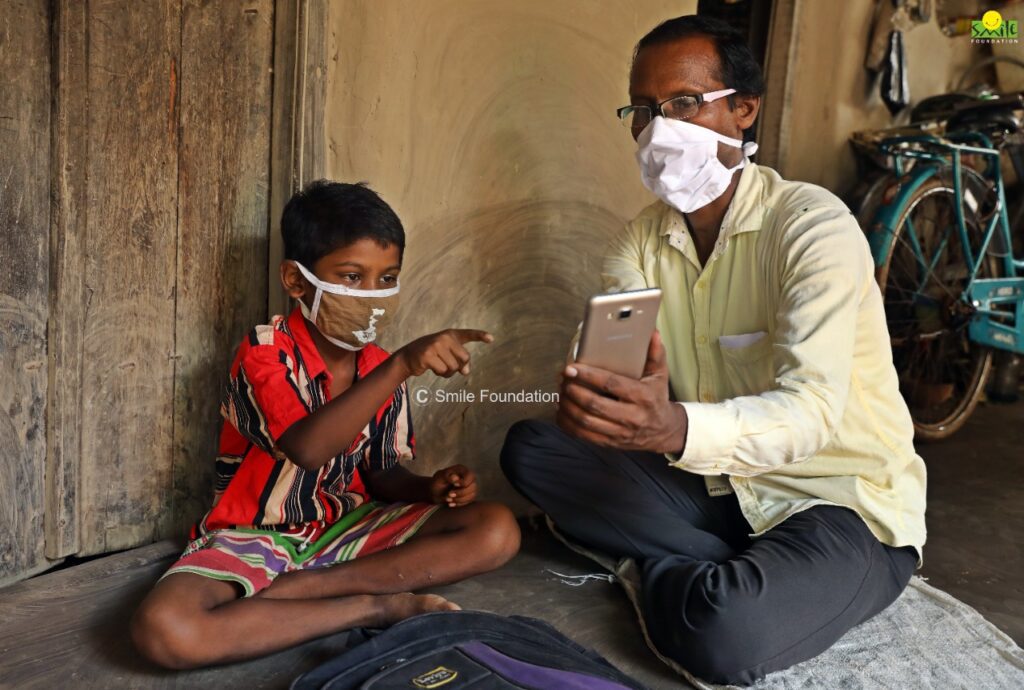
Implementation of cluster classes to follow Covid precautions, teaching children through smart-phones and sharing class-notes through messaging mediums such as Whatsapp were the only options through which children could be kept engaged in the learning process. Grassroots workers and anganwadis counseled parents. They made sure that parents know the importance of structured environment for learning. And therefore the benefits of education for their children. Capacity building workshops for teachers have been conducted to equip them with necessary skills for online teaching. A teacher must always keep five things in mind while teaching online classes; instruction, content, motivation, relationships, and mental health.
While transition to online learning for children may not have been smooth but it has opened up a whole new world for exploration. It is certainly a departure from the traditional classroom mode of rote learning by focusing more on skills such as critical thinking and adaptability. Rigorous quality management programs and continuous improvement are essential for the success of online learning and making people ready for any crisis situation.



